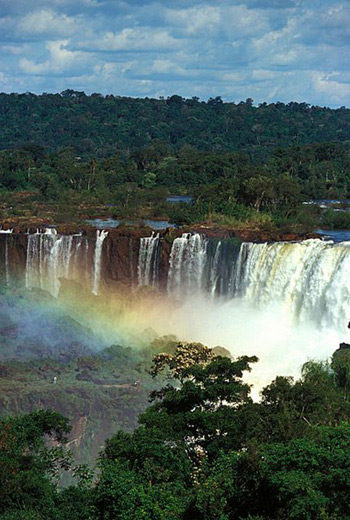Biodiversity
Climate Change Effects on the World's Biodiversity

Many scientists and concerned citizens recognize that climate change and biodiversity are connected. Climate change can have negative consequences on Earth’s biodiversity and, therefore, negative consequences for human well-being. But did you know that the presence of a healthy degree of biodiversity makes an important contribution to reducing negative climate changes and increasing biological adaptation? Conserving and managing biodiversity are critical to addressing climate change.
Read Global Temperatures: Overview in this module for an explanation of how Earth’s temperatures are warming and how this warming is different from previous periods of warming that have occurred in Earth’s history. Our geological record provides evidence of past warming trends, but these trends occurred at a much slower rate. This is key to understanding how biodiversity may be affected. Slow changes can possibly allow species enough time to adapt. Rapid changes do not allow for adaptation. These species become critically endangered or extinct. Also, past changes in biodiversity happened with little human interference. Populations were better able to recover from disrupting events.
Levels of greenhouse gases are already changing the climate. The average global temperature increased by 0.76 degrees Celsius between 1850 and 2005, and the global average sea level rose by 12-22 cm in the last century (IPCC Working Group I Fourth Assessment Report). These environmental changes affect organisms living within the ecosystems.
Ecosystems play an important role in the recycling of Earth’s resources. Habitats remove carbon dioxide from the atmosphere and provide key carbon “sinks”—areas of storage for carbon. Ecosystems can also help reduce impacts from natural weather disasters such as flooding and hurricane storm surges.
There are many ways to preserve ecosystems and reduce climate-induced stress. Reducing pollution and overuse of the land helps to lessen impacts of climate changes. Conservation and sustainable use practices can also help ecosystems retain biodiversity. Regular monitoring of habitats provides the data needed to predict possible problems and provide management of resources.



